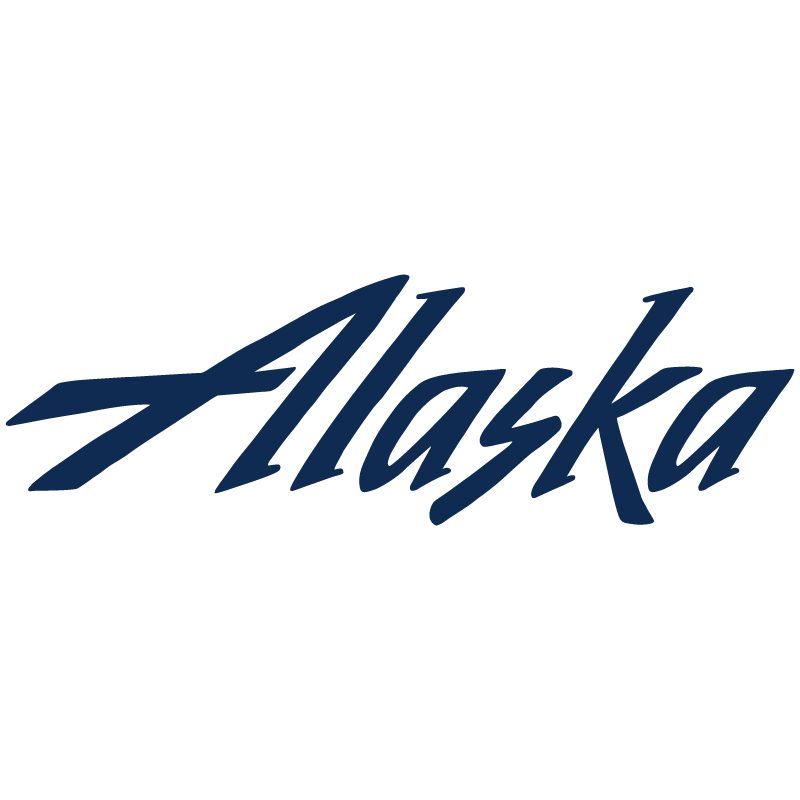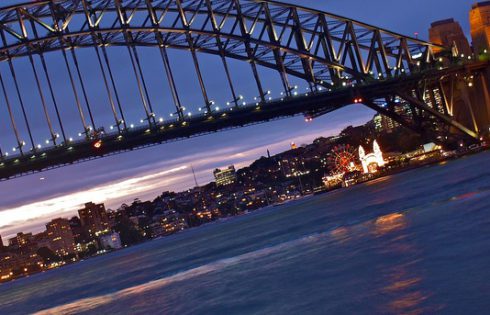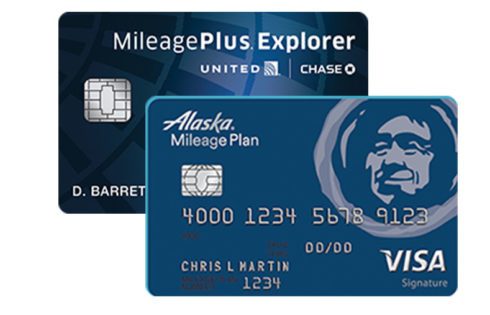How to Book Cathay Pacific Award Flights with Alaska Miles
Booking Cathay Pacific to fly to Asia with Alaska miles is one of the best redemption possibilities out there. The cheap redemption rates along with the flexible routing rules makes
Booking Cathay Pacific to fly to Asia with Alaska miles is one of the best redemption possibilities out there. The cheap redemption rates along with the flexible routing rules makes

Alaska Airlines Mileage Plan is a powerhouse program, no doubt. It offers some of the most valuable redemption possibilities out of any airline for not just getting around the US,

The Alaska Airlines Visa Signature® Credit Card is offering 30,000 miles for its sign-up bonus but it’s coming with a $100 statement credit AND a free companion pass ticket for the first

Alaska’s new changes to its frequent flier program are truly a breath of fresh air. Typically when you find out an airline is “revamping” its frequent flyer program, this news

Assuming this isn’t an error that will be shortly remediated, Alaska Airlines Mileage Plan has potentially unveiled yet another addition with routing now available to Sydney, Australia on Emirates. Alaska

My number one bit of advice to someone planning on making it to New Zealand on miles and points would be to plan as far in advance as possible and

[Offers contained within this article may no longer be available] Per Reddit, two new credit offers (one from Alaskan Airlines and the other from United) have just rolled out as we
| Cookie | Duration | Description |
|---|---|---|
| cookielawinfo-checkbox-analytics | 11 months | This cookie is set by GDPR Cookie Consent plugin. The cookie is used to store the user consent for the cookies in the category "Analytics". |
| cookielawinfo-checkbox-functional | 11 months | The cookie is set by GDPR cookie consent to record the user consent for the cookies in the category "Functional". |
| cookielawinfo-checkbox-necessary | 11 months | This cookie is set by GDPR Cookie Consent plugin. The cookies is used to store the user consent for the cookies in the category "Necessary". |
| cookielawinfo-checkbox-others | 11 months | This cookie is set by GDPR Cookie Consent plugin. The cookie is used to store the user consent for the cookies in the category "Other. |
| cookielawinfo-checkbox-performance | 11 months | This cookie is set by GDPR Cookie Consent plugin. The cookie is used to store the user consent for the cookies in the category "Performance". |
| viewed_cookie_policy | 11 months | The cookie is set by the GDPR Cookie Consent plugin and is used to store whether or not user has consented to the use of cookies. It does not store any personal data. |
